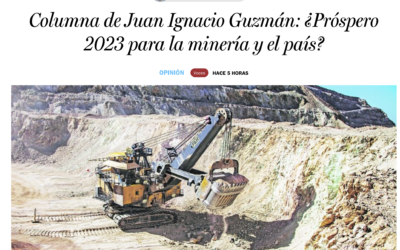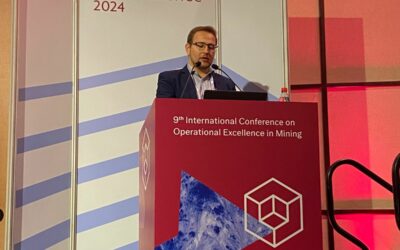The results confirm copper and molybdenum continuity, the presence of a supergene domain with solid recoveries, and encouraging signals that expand understanding of the system.
Simply put: there are now more reasons to look at the deposit closely — and, more importantly, to move from enthusiasm to technical valuation.
Why This Matters for Argentina
Well-managed mining is not an abstract promise; it is real productive development — formal jobs, infrastructure, regional supply chains, and foreign currency.
In provinces like San Juan, every technical advance can translate into a concrete economic opportunity.
But the challenge is not just in celebrating exploration results: it lies in turning geological information into defensible and sustainable decisions.
In other words, moving from data to value.
From data to value: measure to decide.
Each new drill hole adds information, but what truly makes the difference is how that information is used to support decisions.
Exploration alone does not create value; the analysis that answers key questions does:
-
What mining sequence best captures early value?
-
Which processing route is optimal for each domain (leaching for the supergene, flotation for mixed or hypogene material)?
-
How does the molybdenum credit influence project cash flow and NPV?
The premise is simple but demanding: agility with rigor. Incorporate new data quickly, measure its impact with comparable criteria, and maintain traceability in every decision. That’s how a geological opportunity becomes a robust business case.
Methodologies That Help (Without Slowing the Work)
The right tools make the difference.
Using methodologies such as DeepMine allows large volumes of data to be integrated and transformed into coherent, comparable, and defensible scenarios.
The contribution of these methodologies rests on three key dimensions:
- Fast and consistent scenarios:
A unified engine compares scenarios and schedules under common assumptions, delivering standardized reports (NPV, grade, tonnage, constraints). This accelerates the interpretation of new drill results and reduces bias. - Adaptive scheduling:
When favorable domains emerge — like the supergene zone reported at Chita Valley — the tool can reorder extraction and quantify the value of bringing payable metal forward, without compromising geotechnical or metallurgical limits. - Communication and governance:
3D visualizations, KPI dashboards (including IRR), and version control help clearly explain why one scenario outperforms another — whether to boards, regulators, or investors.
Direct Application: The Chita Valley Case
What can this approach contribute to the project today?
First, it shortens time to value, quantifying how cash flow or payback improves if favorable domains enter the plant earlier, stabilizing head grade through stockpiles and controlled blending.
Second, it evaluates competing processing routes on a common basis:
leaching + SX-EW for suitable material versus flotation for the rest, incorporating molybdenum sensitivity.
The result is a defensible ranking of alternatives — in NPV, recoveries, water use, and operational footprint — that supports decisions before boards, authorities, and communities.
From Enthusiasm to Evidence
Continued mineralization is good news, but the real challenge is turning it into measurable and comparable value.
Exploration is essential, but it must be paired with clearly defined scenarios and explicit assumptions that quantify the new information.
When this happens, a project stops being a promise and becomes a development agenda: timely decisions, regional impact, and an investment pathway that withstands scrutiny.






